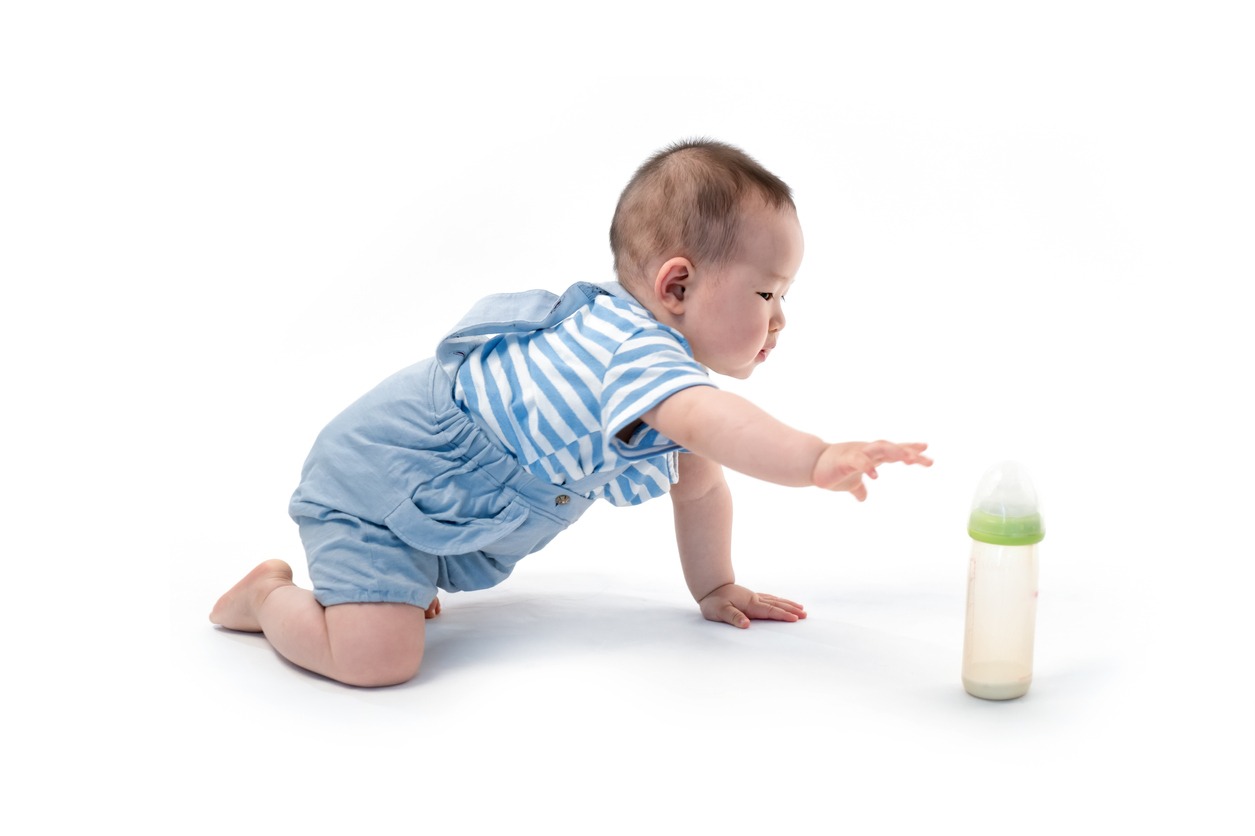One of the world’s largest dairy companies, FrieslandCampina, has tapped Norwegian company Kezzler to provide global traceability services for its top baby formula brand, FRISO with smart packaging.
It is over a decade now since a major scandal in China burst into public view: thousands of babies fell ill and some died due to their parents unknowingly feeding them contaminated milk formula. Rising consumer awareness and tougher government oversight in the years since are two ways to stop this happening again. But there are also crucial technical supply chain improvements that could protect lives and reassure parents by guaranteeing product quality and promoting transparency and traceability.
One neat way is the rollout of Quick Response Codes, QR codes for short. These first emerged out of Japan’s car industry in the 1990s as a more sophisticated form of bar code in a black and white grid, but have since been used for a dazzlingly impressive range of everyday digital applications. The ubiquity of smartphones has, in particular, allowed QR codes to play an interesting role in augmenting the consumer reality of supply chains. Its unique identifiers can help both suppliers and consumers to quickly and easily track and trace their food’s complex journey from farm (to truck, to plane, to train, to processing plant, to ship, to depot, to supermarket, to kitchen) to fork. If ever you dine out on Icelandic fish in Denver from Niceland Seafood, for example, you can now scan a product’s QR code on its label or on a menu with your smartphone camera, and quickly find out precisely where and when your cod was first hauled from the Atlantic. And you could then access supply chain data calculating your meal’s carbon footprint, along with options to offset it.
Baby Formula Traceability
Back to baby milk in China. The big news for supply chain traceability here is from the Norwegian company Kezzler, which was tapped by one of the world’s largest dairy companies, FrieslandCampina, to provide global traceability services for their top infant formula brand, FRISO.
The fruit of that partnership is an industry-first smart packaging solution called TrackEasy, which was launched in Hong Kong this August. TrackEasy is now about to be implemented across mainland China over the next few months. It is the first phase of a wider global project for FrieslandCampina, with Kezzler set to serialize all FRISO products destined for China, then the solution will be rolled out to other markets.
“We live in a world of complex, global supply chains. To properly ensure food safety, brands need to have full visibility from ingredients through to consumption for every product sold,” Kezzler CEO Christine C. Akselsen said in a note sent to AFN. “I am convinced that this level of transparency will soon be expected for all consumer products.”
How does it all work? A case study published by both companies and also sent to AFN puts this quite neatly: the FRISO brand is manufactured in The Netherlands, a country with a huge global presence in the dairy industry and which has been exporting to China in ever greater volumes in recent years. As the product moves through the supply chain to China, data from upstream production partners, such as dairy farmers, and downstream participants, such as importers and distributors, is associated with each unit using Kezzler’s traceability solution.
Kezzler’s platform is integrated with FrieslandCampina’s existing IT infrastructure and logistical systems, both companies say.
Looking closely at a product in Hong Kong now, you’ll see a unique QR code is printed on the can for traceability purposes. A second code will be placed inside, providing a channel for direct consumer engagement, including loyalty programs and promotions. (The project involves the application of unique, secure and traceable identities to every single product.) The consumers can scan these using their phone and experience the grass-to-glass journey of the exact product in hand. Just like those Icelandic fish, they can check authenticity, learn more about the origin and be rewarded for their loyalty through incentive schemes. To facilitate its uptake and to minimise any preparation before scanning, the TrackEasy solution is integrated with China’s WeChat messenger and payment platform, allowing consumers to scan directly within the app.
Complimentary to Blockchain & RFID
In an emailed exchange with AFN, Kezzler CTO Johan Borg went into further depth on the technological side of deployment: “The system does not use blockchain technology, but we employ similar cryptographic building blocks to generate and validate unique identities at scale. The solution is distributed between European and Asian datacenters in order to minimize latency for end consumers,” he writes.” We see our solution as largely complementary to blockchain, where our unit-level traceability solution is optimized for massive scalability and low latency and blockchains can deliver an auditing layer across brands or industries.”
As to whether or not to go for Radio Frequency ID technology, which is integrated into contactless payment systems, Borg says that is an option at some stage: “Kezzler’s solution is agnostic to the carrier and supports future addition of RFID in the supply chain or NFC tags for end consumers. In this phase QR codes were a better fit for the consumer interaction and 2D barcodes were already used in the supply chain, so the need to change existing workflows in the production and distribution was minimized.”
Asked why China first, then the rest of the world, Borg replied that the Chinese market is “more mature with high demand of traceability information for food and consumer goods, but other markets will follow. Consumers in China are already used to scan QR codes as part of their daily shopping routines.”
Commenting on the project, Hans Wessels, senior project manager at FrieslandCampina said in a statement that his company had adopted the technology “to deliver supply chain visibility for our infant formula brands, as well as providing a way for stakeholders throughout the supply chain to validate their products in real-time.”




